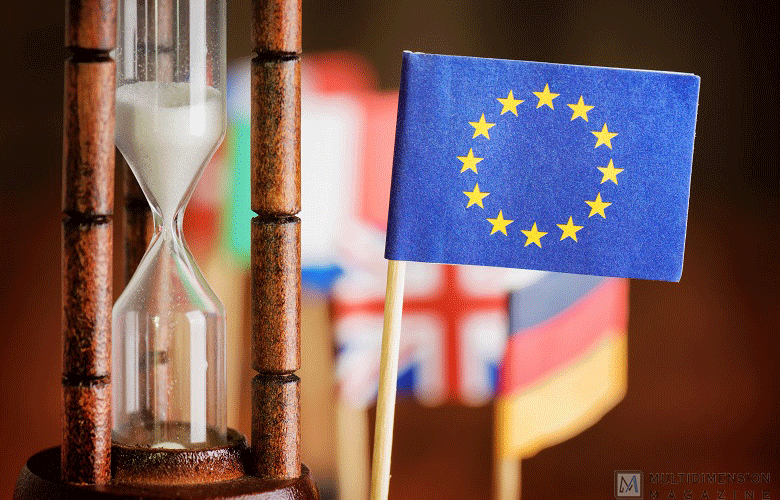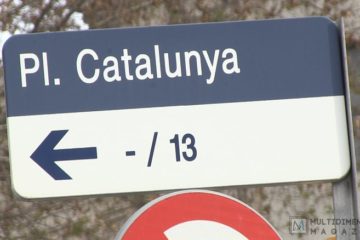Written By : Patrick Saumet
Retired Engineer, French Armed Forces
Photo credit: Shutterstock.com
On the 9th of May 1950, the foreign ministry of France laid the founding text of the next EU, as said Martin Luther King in the US… it had a dream and Charles de Gaulle was the French president. This text and thinking follow the end of the WW2 to ensure peace in Europe.
In 1951, 6 states (France, Germany, Italy, Belgium, Netherlands and Luxembourg) began the first structure of the next EU through the CECA (European community for coal and steel), in 1954 the attempt to create a defense community failed and in 1957 the first CEE (European economic community – EEC) was born with the signature of the Rome Treaty.
In 1992 the treaty of Maastricht was voted, with just a few voters. After that with a lot of different statuses, a total of 28 states joined the EU, but in 2016 the GB voted the Brexit and now 27 make up the EU.
In 2005, French citizens and the Netherlands voted “no” to a new constitution but, after with a “magic” vote from our deputies the “yes” won! Thanks for such a democracy where system bypasses the vote of the citizens, it looks like a “small dictatorial rule”, No?
The EU is an economic-political association where 27 states delegate through a treaty, based on certain skills of community bodies or institutions. It manages 443 million citizens and has become the second (?) world power after the US (PIB). The political currency was installed with euro in 1999, but just for certain members! The European parliament is the result of the direct election which votes the European commissioner and its president, now Ursula von der Leyen (a German lady), but also the European council.
The EU lays on 3 pillars :
• The Community pillar (CE, CECA and Euratom)
• The foreign policy and common security
• The police and judicial cooperation in criminal matters (Europol, Eurojust and Cepol).
Also, the central European bank manages the monetary policy, C.Lagarde (a French lady) is the president.
I would like to recall that the main pillars of a nation are its borders, citizens, culture, language, internal security and defence, foreign policy, currency, budget, social policy etc.
Here, I would like to agree with the points of my Russian friend Ksenia Antropova (that she mentioned in her last article) in the context of the principle of a great and strong group of nations but I would beg to differ in the context of a federal European Union as we have now, i.e. EU without common foreign policy, no borders policy, no health policy, no defense policy, the budget policy with variable geometry, no same language…I will try to discuss this at length later, but the first and the most important one now is the treatment of the actual pandemic by the EU.
I would like to remember the story of the three little pigs. They built three houses to protect their lives from the big bad wolf. The first (named Italy, Nafnaf) with recklessness built a house made of straw, the second (named France, Nifnif) more secure, built a wooden house and the third (named Germany or EU, Noufnouf) very conscious of threat, built a stone house. So, when the wolf arrived and blown the first house, this one crashed and the first pig ran to the second house, the second pig welcomed the first and the wolf blown again the second house, the two pigs ran to the third in its stoned house, the wolf failed to blow the third house and after that, it was killed by the last pig.
(… to be continued)
The views expressed in this article are the author’s own and do not necessarily reflect Multidimension’s editorial stance.




